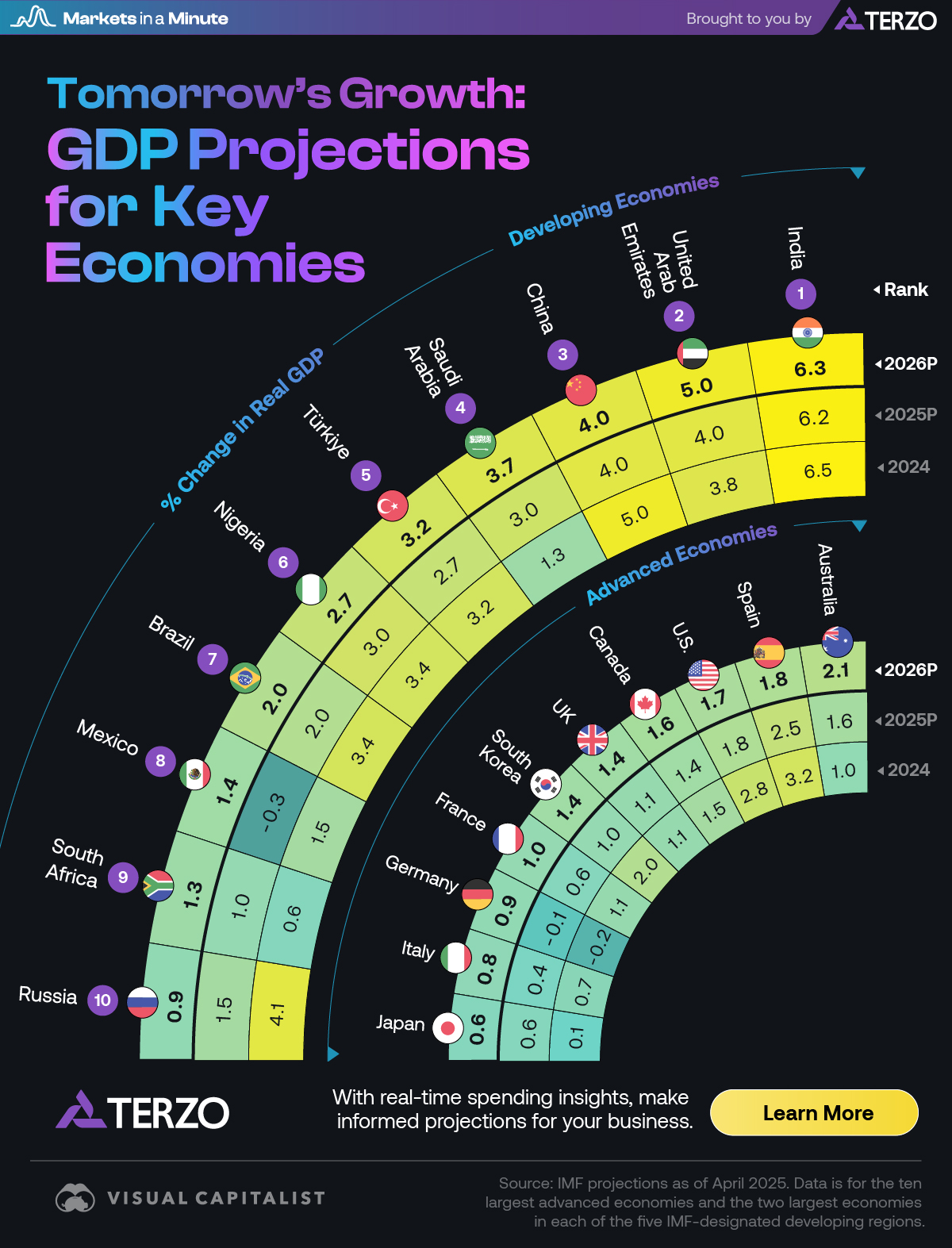New Zealand’s Tourism Growth Strategy and Sustainable Development Goals
Introduction
New Zealand’s government, led by Prime Minister Christopher Luxon, has prioritized attracting more Chinese tourists, including during off-season periods, as a key component of its trade and tourism agenda. This initiative aligns with the government’s broader plan to “turbocharge” the tourism sector by allocating an additional NZ$13.5 million for marketing efforts in the current year. The objective is to double the value of tourism as an export earner by 2034, supporting Sustainable Development Goal (SDG) 8: Decent Work and Economic Growth.
Tourism Growth Roadmap
The government’s Tourism Growth Roadmap aims to increase visitor numbers to 3.89 million by 2026 and 4.78 million by 2030-34. This growth strategy supports SDG 8 by promoting sustained economic growth and job creation within the tourism sector.
Challenges and Global Context
- Mass tourism backlash in southern Europe highlights the social and environmental challenges of over-tourism, emphasizing the need for sustainable tourism practices consistent with SDG 11: Sustainable Cities and Communities.
- New Zealand previously expressed concerns about environmental degradation, crowding, and declining public support for tourism before the COVID-19 pandemic, underscoring the importance of SDG 15: Life on Land.
- The government’s current plan focuses on restoring international visitor arrivals to pre-COVID levels, raising questions about balancing growth with sustainability.
Shift from Destination Management to Marketing
Use of International Visitor Levy (IVL)
The Tourism Boost Package plans to use revenue from the International Visitor Levy (IVL), increased to $100 in October last year, primarily for marketing campaigns targeting Australia and other markets. This approach raises concerns regarding the alignment with the IVL’s original purpose, which is to maintain facilities and protect the natural environment, supporting SDG 15.
Potential Risks
- Diversion of IVL funds from destination management to marketing may undermine efforts to protect natural environments and maintain infrastructure.
- This shift risks sidelining the 29 Destination Management Plans developed since 2021, which were financially supported by the visitor levy and aimed at sustainable tourism development.
- The approach appears to conflict with recommendations from the 2020 Tourism Futures Taskforce and the 2023 Tourism Adaptation Roadmap, both advocating for tourism models that respect Māori aspirations and local communities, aligning with SDG 10: Reduced Inequalities and SDG 16: Peace, Justice, and Strong Institutions.
Redefining Tourism Value for Sustainability
Infrastructure and Workforce Constraints
- Staff shortages and housing limitations, such as those experienced in the MacKenzie District, hinder the capacity of businesses to accommodate increased visitor numbers, impacting SDG 8.
- A significant decline in tourism and hospitality education enrollment threatens workforce sustainability.
- Basic utilities including electricity and water are under strain in key destinations during peak seasons, highlighting challenges related to SDG 6: Clean Water and Sanitation and SDG 7: Affordable and Clean Energy.
Environmental and Social Impacts
- Environmental degradation risks from overtourism may compromise the appeal of iconic destinations, such as Piopiotahi/Milford Sound, emphasizing the need for SDG 15.
- The government’s rejection of managing visitor numbers at sensitive sites raises concerns about long-term sustainability.
- Social license for tourism is at risk, with increasing visitor-to-resident ratios placing burdens on small communities, reflecting the importance of SDG 11.
Towards a Holistic Definition of Tourism Value
Long-term value creation in tourism requires redefining “value” beyond monetary terms to include benefits for businesses, visitors, local communities, mana whenua, and the natural environment. This holistic approach aligns with multiple SDGs, including:
- SDG 8: Promoting inclusive and sustainable economic growth.
- SDG 10: Ensuring equitable benefits for all stakeholders.
- SDG 11: Supporting sustainable communities.
- SDG 15: Protecting terrestrial ecosystems and biodiversity.
Conclusion
The government’s current emphasis on accelerating economic growth through tourism presents risks to the progress made toward sustainable tourism models. Prioritizing marketing over destination management may undermine environmental protection, community well-being, and the inclusion of Māori perspectives. To align with the Sustainable Development Goals, New Zealand’s tourism strategy must balance growth with sustainability, ensuring that tourism development benefits all stakeholders and preserves natural and cultural assets for future generations.
1. Sustainable Development Goals (SDGs) Addressed in the Article
- SDG 8: Decent Work and Economic Growth
- The article discusses the government’s plan to “turbocharge” tourism growth to double the value of tourism as an export earner by 2034, highlighting economic growth ambitions.
- Concerns about workforce shortages and declines in tourism-related education relate to decent work and sustainable economic growth.
- SDG 11: Sustainable Cities and Communities
- Issues of overcrowding, congestion, and community push-back against mass tourism in New Zealand and Europe relate to sustainable urban development and community well-being.
- The social license of tourism and impacts on local communities are key concerns.
- SDG 12: Responsible Consumption and Production
- The article highlights environmental degradation and the need for sustainable tourism practices, including the use of visitor levies to protect natural environments.
- SDG 14: Life Below Water
- Concerns about cruise ships in Milford Sound and potential environmental damage to marine and coastal ecosystems are relevant here.
- SDG 15: Life on Land
- Protection of natural environments and infrastructure through visitor levies and destination management plans aligns with this goal.
- SDG 17: Partnerships for the Goals
- References to collaboration with Māori communities and local stakeholders in tourism planning reflect partnerships for sustainable development.
2. Specific Targets Under Those SDGs Identified in the Article
- SDG 8 Targets
- Target 8.9: By 2030, devise and implement policies to promote sustainable tourism that creates jobs and promotes local culture and products.
- Target 8.5: Achieve full and productive employment and decent work for all, including young people and persons with disabilities.
- SDG 11 Targets
- Target 11.4: Strengthen efforts to protect and safeguard the world’s cultural and natural heritage.
- Target 11.3: Enhance inclusive and sustainable urbanization and capacity for participatory planning and management.
- SDG 12 Targets
- Target 12.b: Develop and implement tools to monitor sustainable development impacts for sustainable tourism that creates jobs and promotes local culture and products.
- Target 12.2: Achieve sustainable management and efficient use of natural resources.
- SDG 14 Targets
- Target 14.1: Prevent and significantly reduce marine pollution of all kinds.
- SDG 15 Targets
- Target 15.1: Ensure conservation, restoration and sustainable use of terrestrial and inland freshwater ecosystems.
- SDG 17 Targets
- Target 17.17: Encourage and promote effective public, public-private and civil society partnerships.
3. Indicators Mentioned or Implied in the Article to Measure Progress
- Visitor Numbers and Tourism Value
- Number of international visitors targeted (3.89 million by 2026, 4.78 million by 2030-34) as a measure of tourism growth.
- Value of tourism as an export earner aimed to be doubled by 2034.
- Environmental Impact Indicators
- Use of International Visitor Levy revenue to maintain natural environments and infrastructure.
- Monitoring of environmental degradation and crowding at key sites like Milford Sound.
- Social Impact Indicators
- Community support or push-back against tourism, such as protests and social license metrics.
- Ratio of resident nights to visitor nights (e.g., Queenstown’s change from 1:30 to 1:47).
- Workforce and Education Indicators
- Number of students enrolled and completing tourism and hospitality courses (noted 63% and 73% drops respectively).
- Availability of staff and suitable housing for tourism workers.
4. Table of SDGs, Targets, and Indicators Identified in the Article
| SDGs | Targets | Indicators |
|---|---|---|
| SDG 8: Decent Work and Economic Growth |
|
|
| SDG 11: Sustainable Cities and Communities |
|
|
| SDG 12: Responsible Consumption and Production |
|
|
| SDG 14: Life Below Water |
|
|
| SDG 15: Life on Land |
|
|
| SDG 17: Partnerships for the Goals |
|
|
Source: theconversation.com







